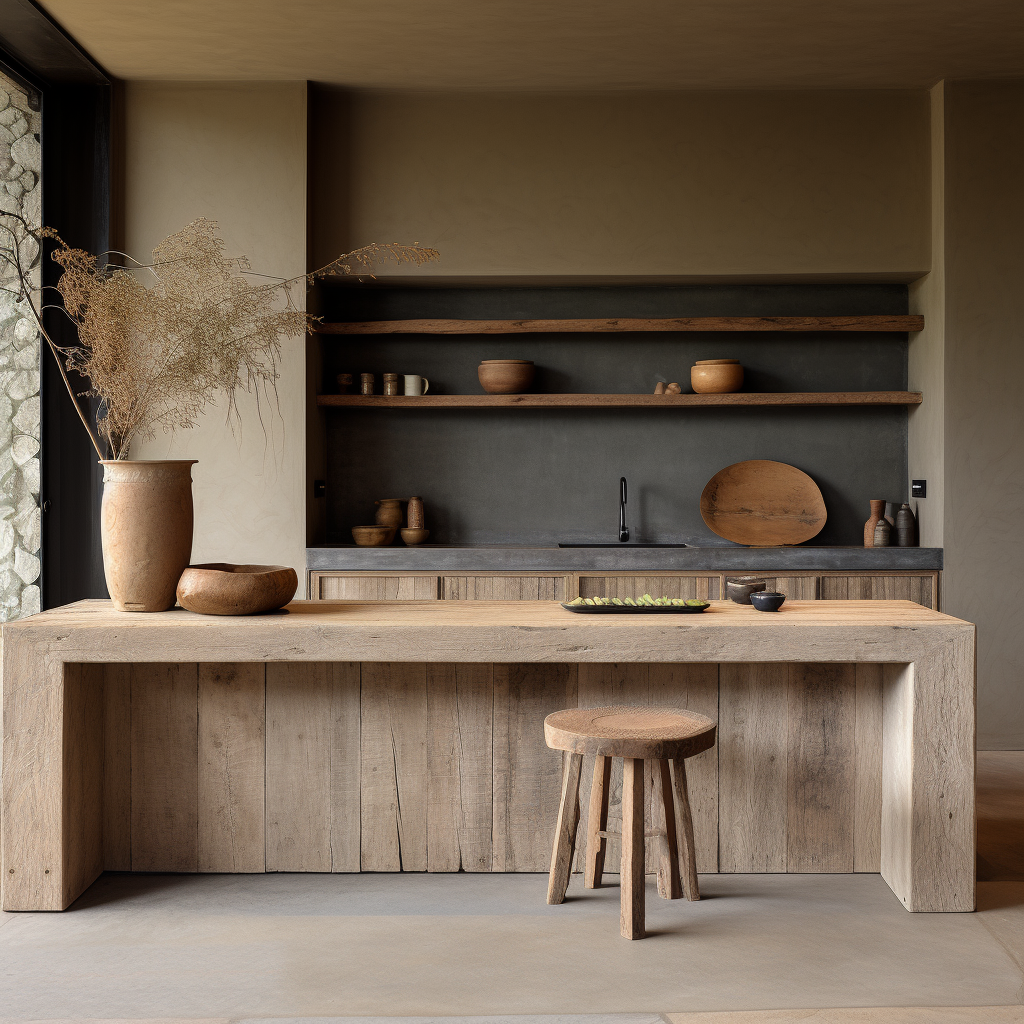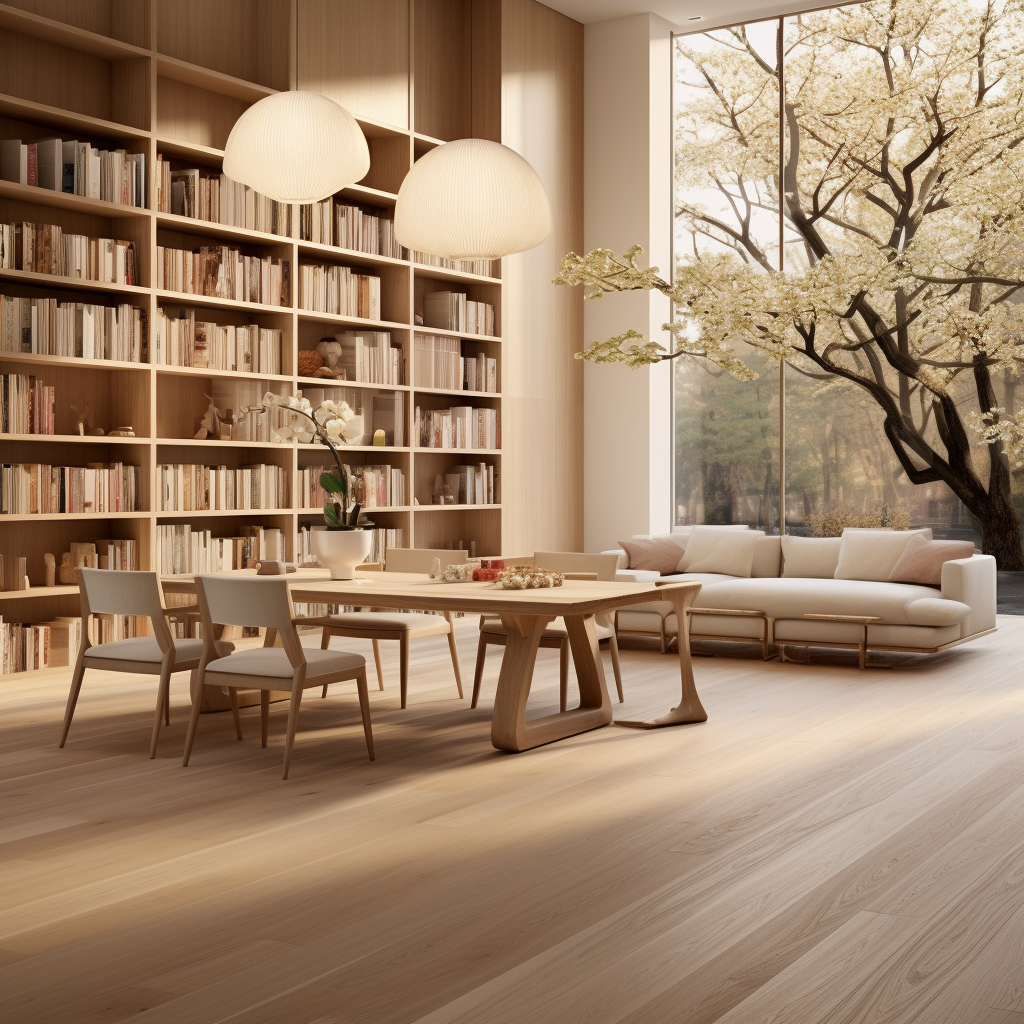Eco Green Interior
In an era where environmental consciousness is at the forefront, individuals are increasingly seeking ways to make eco-friendly choices in every aspect of their lives, including their homes. Interior design plays a pivotal role in this movement, with a growing demand for sustainable and eco-conscious practices. Transforming your living space into an eco-friendly haven not only contributes to a healthier planet but also enhances the well-being of those within. Here’s a guide to crafting an eco-friendly interior that combines style with sustainability.
**1. Mindful Material Selection: The foundation of an eco-friendly interior begins with choosing materials that have minimal environmental impact. Opt for reclaimed wood, bamboo, and recycled metal for furniture. These materials not only add a touch of natural warmth to your space but also reduce the demand for new resources.
**2. Natural and Non-Toxic Finishes: When selecting paints, finishes, and adhesives, prioritize those labeled as low-VOC (volatile organic compounds) or VOC-free. These options minimize the release of harmful chemicals into the air, promoting better indoor air quality. Natural finishes, such as beeswax or plant-based oils, add a touch of sustainability to your furniture and decor.
**3. Energy-Efficient Lighting: Illuminate your eco-friendly interior with energy-efficient lighting options. LED or CFL bulbs consume less energy and have a longer lifespan compared to traditional incandescent bulbs. Consider incorporating natural light by strategically placing windows, skylights, or using light curtains that allow sunlight to filter through.
**4. Sustainable Furnishings: Explore second-hand and vintage furniture options to minimize the environmental impact of new production. Upcycling and repurposing furniture not only breathe new life into pieces but also contribute to the reduction of waste. Look for pieces crafted from sustainable materials or those with recognized eco-certifications.
**5. Indoor Plants for Clean Air: Integrate indoor plants into your decor to enhance air quality. Plants act as natural air purifiers, absorbing pollutants and releasing oxygen. Spider plants, snake plants, and peace lilies are not only aesthetically pleasing but also thrive indoors with minimal maintenance.
**6. Smart Energy Management: Implement smart energy solutions to reduce your carbon footprint. Invest in energy-efficient appliances and consider installing a smart thermostat to optimize energy usage. Simple practices, such as turning off lights and electronics when not in use, contribute to long-term energy savings.
**7. Recycled and Upcycled Decor: Infuse your interior with character by incorporating recycled and upcycled decor items. From vintage picture frames to repurposed pallets turned into wall art, these unique pieces add a personal touch while aligning with eco-friendly principles.
**8. Sustainable Flooring Options: Choose flooring materials that are sustainable and renewable. Bamboo, cork, and reclaimed wood are excellent choices that not only lend a natural aesthetic to your interior but also contribute to the conservation of forests.
**9. Water-Efficient Fixtures: Conserve water by installing water-efficient fixtures in your kitchen and bathroom. Low-flow faucets, showerheads, and dual-flush toilets help minimize water wastage without compromising functionality.
**10. Waste Reduction Strategies: Implement waste reduction practices by embracing a minimalist approach to decor and decluttering regularly. Recycle, compost, and responsibly dispose of items to contribute to a circular economy.
Creating an eco-friendly interior is not just a trend; it’s a lifestyle choice that aligns with a sustainable future. By adopting these practices, you not only contribute to a healthier planet but also create a home that reflects your commitment to mindful living. Craft a space that harmonizes with nature, promotes well-being, and stands as a testament to the beauty of sustainable living.

